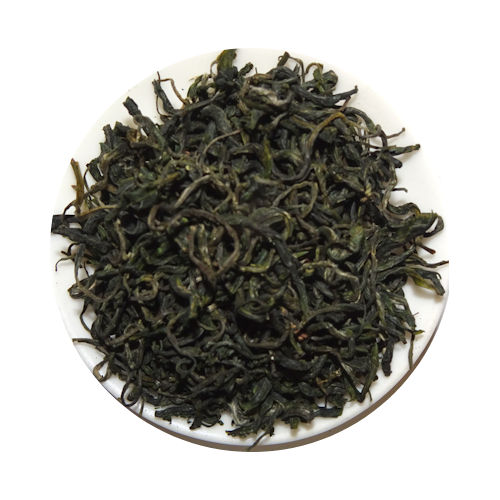From the province of Ise comes this partly flint-ware and partly a kind of glazed earthenware with beautiful enamel decorations, which has been called very aptly Japanese Majolica. In a narrower sense, however, Banko-yaki consists of clay wares having a red to dark brown, yellowish, or white color, either plain, marbled or painted. They are extremely tasteful but thin and light, and have been produced in the Yokkaichi region for over 260 years. The name Banko originates from the stamps "bankofueki" (Eternity) which was put on the pottery by Nanami Rosen, a knowledgeable proponent of tea, hoping for long life of his tea wares.
Banko Kichibei, after whom this flint-ware is named, erected a furnace at Yeddo between 1652 and 1660 which was intended as a branch of the factory in Kutani but was given up later. In the late 1840s a porcelain potter by the name of Yiusetsu built a furnace in the village of Obuke near Kuwana, changed his name into Banko, and laid the foundation of the present industry which bears his adopted name.
Kyusu -- traditional Japanese side-handled teapots -- are a common product from Banko. The fine-grained purplish clay allows for carving intricate designs and details into the kyusu.
- Categories
-
Rare Teas: Gourmet Loose Tea
- Green Teas
- White Teas
- Yellow Teas
- Jasmine & Floral Teas
- Oolong Teas
- Black Teas
- Purple Teas
- Pu-erh Teas
- Organic Teas
- Display Teas
- Blended Teas
- Herbal Teas
- Decaffeinated Teas
- Teapots
- Tea Accessories
- Lacquerware
- Dinnerware
- Ikebana & Gardening Supplies
- Sake Sets
-
Inspired Gifts
- 2019 - Year of the Boar
- 2018 - Year of the Dog
- 2017 - Year of the Rooster
- 2016 - Year of the Monkey
- 2015 - Year of the Ram
- 2014 - Year of the Horse
- 2013 - Year of the Snake
- 2012 - Year of the Dragon
- Artist Hajime Okamoto
- Chinese Astrology
- Chojyu Giga
- Gift Sets
- Incense Gift Sets
- Kabuto - Samurai Helmet
- Magnet Sets
- Omamori (Amulets)
- Sushi Sets
- Tosa Handcrafted Iron
- Gods & Goddesses
- Table Top
- Japanese Textiles
- Soap, Body Powder & Sachet
- Gourmet Foods
- Gift Certificates
- Explore
-
Rare Teas: Gourmet Loose Tea
- Information
- Contact Us
- Explore






